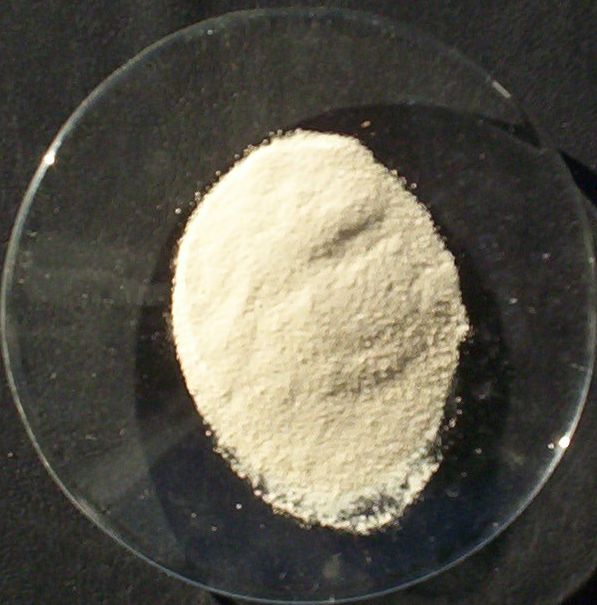Cerium Metal 99,999%
Cerium / cerium metal / cerium oxides

Cerium oxide
Cerium
Cerium was discovered by Jons Jacob Berzelius in 1803 and named after the newly discovered dwarf planet Ceres. Like most of its rare earth counterparts, of which it is the most abundant, cerium was originally identified in the form of its oxide, known as cerium oxide, and was only extracted as a pure metal decades after its first discovery. Nonetheless, both salts and metal mixtures containing cerium quickly found industrial use. Cerium salts were found to have antiemetic properties and soon found their way into cough tinctures and antibacterial treatments. Around the same time, Carl Auer von Welsbach, an Austrian scientist who knows how to commercialize his discoveries, successfully developed two products that required the use of cerium: gas jackets and lighters. Auer's gas coats were simple devices - cotton fabrics soaked in a mixture of salt - but the glow they gave off when heated enabled brighter, whiter light to be emitted from gas lamps. In the early days of artificial lighting, cerium found a third use in carbon arc lamps, particularly prized in movie studios for their extreme brightness, which enabled them to mimic the appearance of natural sunlight.
With the exception of cerium nitrate, which is still available as an antiseptic and anti-inflammatory topical treatment for burns, cerium compounds find little use in modern medicine, but the use of cerium in lighting applications has been continued and expanded: cerium, lantern coats and celiac lighters are becoming ever more popular still manufactured, but nowadays cerium-containing phosphors are also indispensable for the production of screens and fluorescent lamps.
The optical properties of cerium make it an important component of non-toxic alternatives to cadmium-based pigments and an important additive in glassmaking, where it provides a golden coloration and allows the selective blocking of UV light. Cerium also adds valuable properties to various alloys when added in small amounts: it makes aluminum more corrosion resistant, magnesium more heat resistant, and helps to reduce the sulfur and oxygen content of steel. The largest volume of cerium in terms of volume is the cerium (IV) oxide abrasive used for precision optical components and for polishing silicon wafers used in microchips. Cerium oxides are also useful as catalysts and are used for this purpose in automotive catalytic converters, petroleum refineries, and solid oxide fuel cells.
Like other rare earth elements, cerium never occurs in its pure form in nature. It can only be obtained from rare earths that contain minerals such as xenotime, monazite and bastnasite, or from ion adsorption.
Prices for Cerium
Prices for cerium metal 99,5% and cerium oxide -> prices for rare earths
